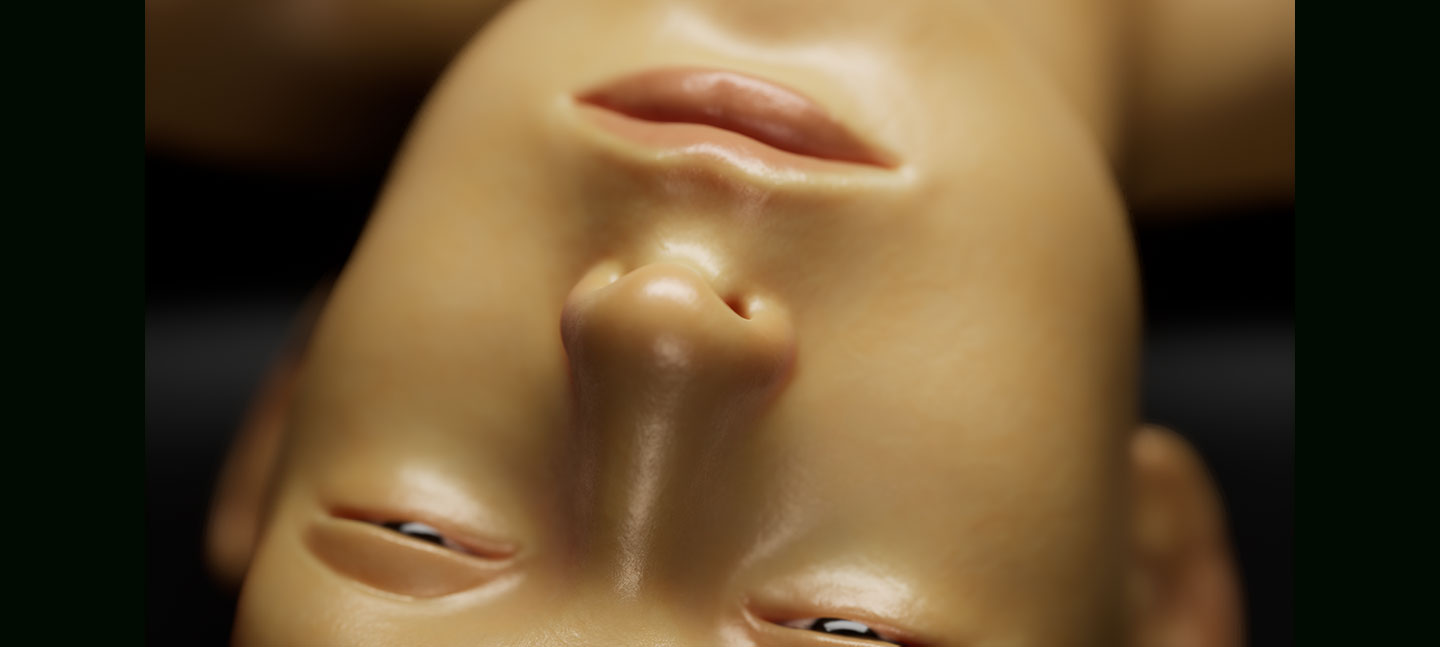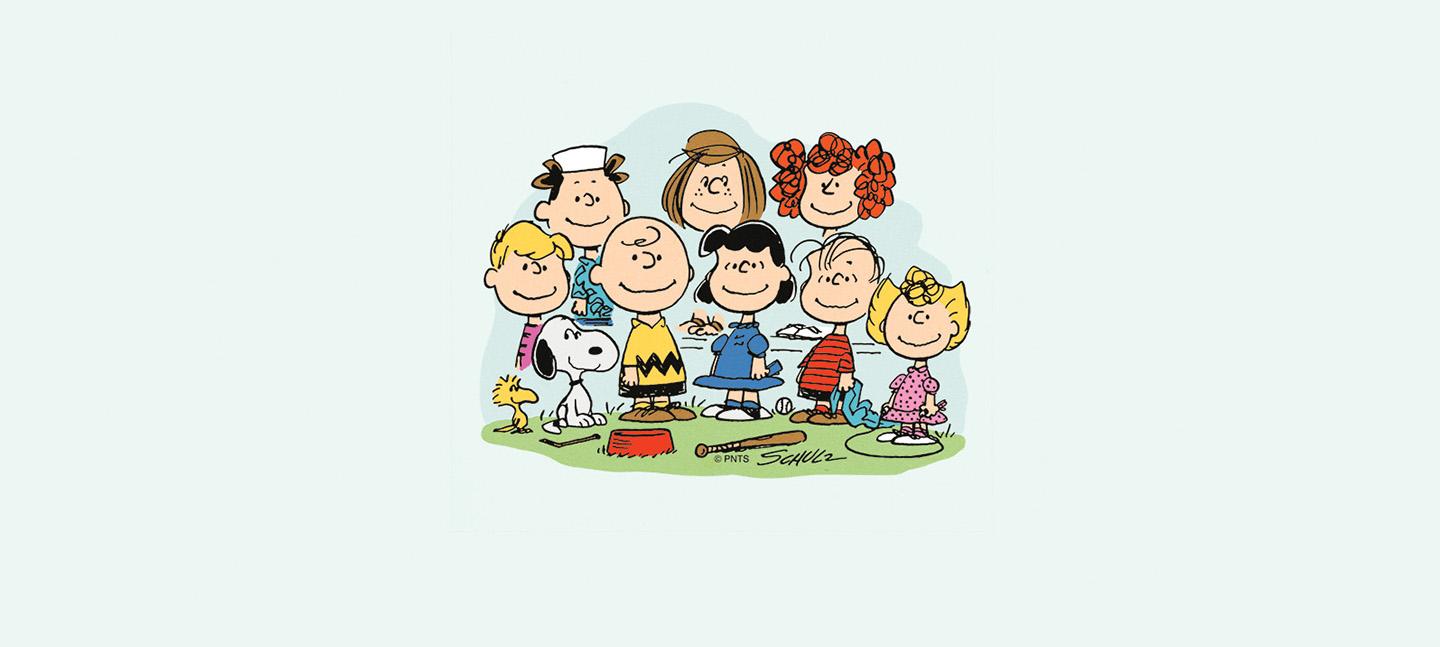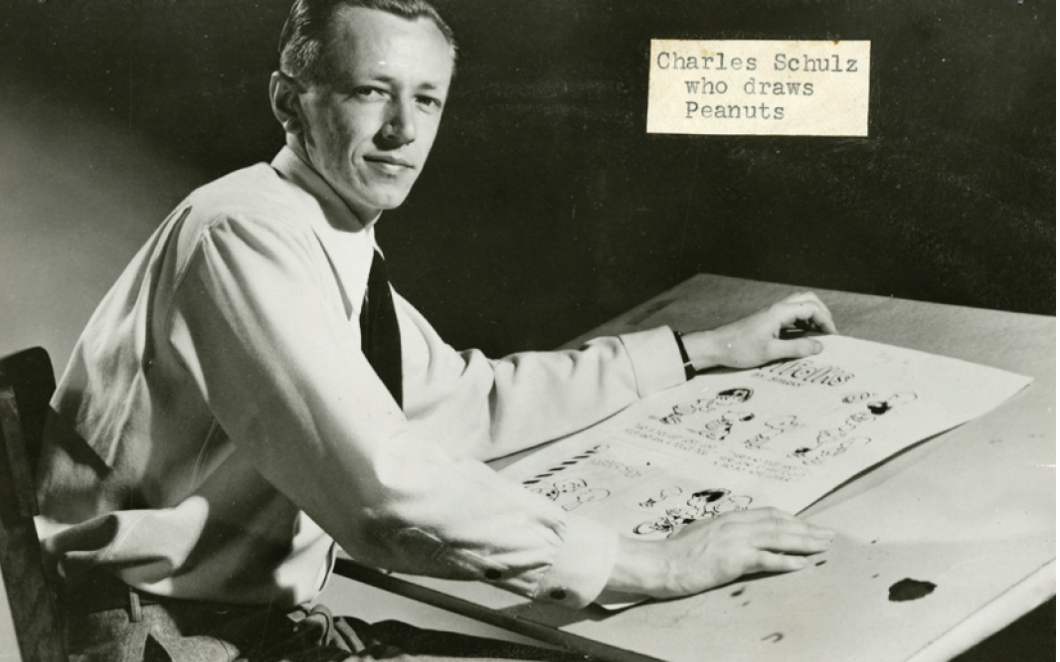Peanuts is widely acknowledged as one of the most popular and influential comic strips of all time. It focused entirely on a society of young children – no adult characters were shown. The characters’ interactions form a tangle of relationships that is recognisable in the reader’s everyday reality. Poignant and tender in its telling, the ongoing storylines and the cast of colourful characters give voice to all the joys, vulnerabilities and anxieties of life.
Yet Peanuts was more than just a charming comic strip. For many, it became an important part of our daily lives, a cast of friends accompanying us on life’s journey of love, laughter, fears and tears. It didn’t offer any answers, only comfort in knowing that we all suffer the same worries and disappointments, and it showed us how these bittersweet moments could form the wellspring of humanity itself. Peanuts, and its cast of misfit characters, touched us in a way that no other comic strip has. For a comic strip that its creator declared was “about nothing”, made up only of “little incidents”, Peanuts’ influence on culture and society was nothing short of seismic.
At its height Peanuts’ readership was around 355 million. Syndicated to over 2,600 newspapers in 75 countries worldwide, translated into 21 languages, few other forms of art have had such a wide reach. By the time he died in 2000, Charles Schulz had created 17,897 strips, all hand-drawn by himself. “I am the strip”, he once said, admitting that many of the Peanuts storylines came from his own experiences and psyche. Schulz would not countenance the idea that what he did was ‘Great Art’, believing that true art stood the test of time and could only really be acknowledged as such if it continued to resonate long after the artist’s death. How ironic and timely it is then that this exhibition is opening nearly 20 years after
Schulz’s own death, and 70 years after Charlie Brown’s first appearance in print. This exhibition is a celebration of the Great Artist Charles M. Schulz.











